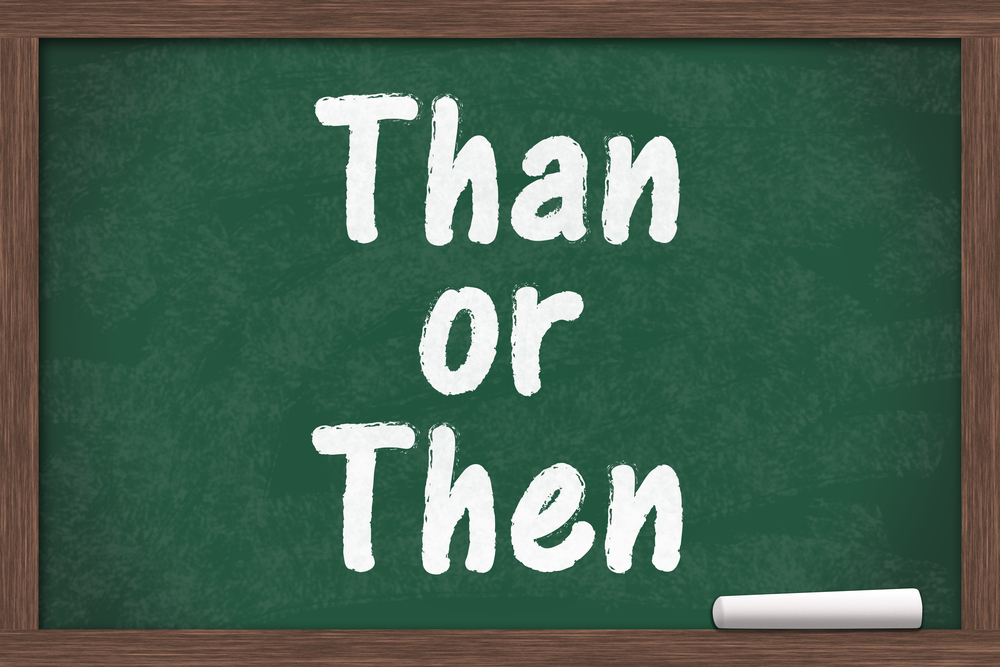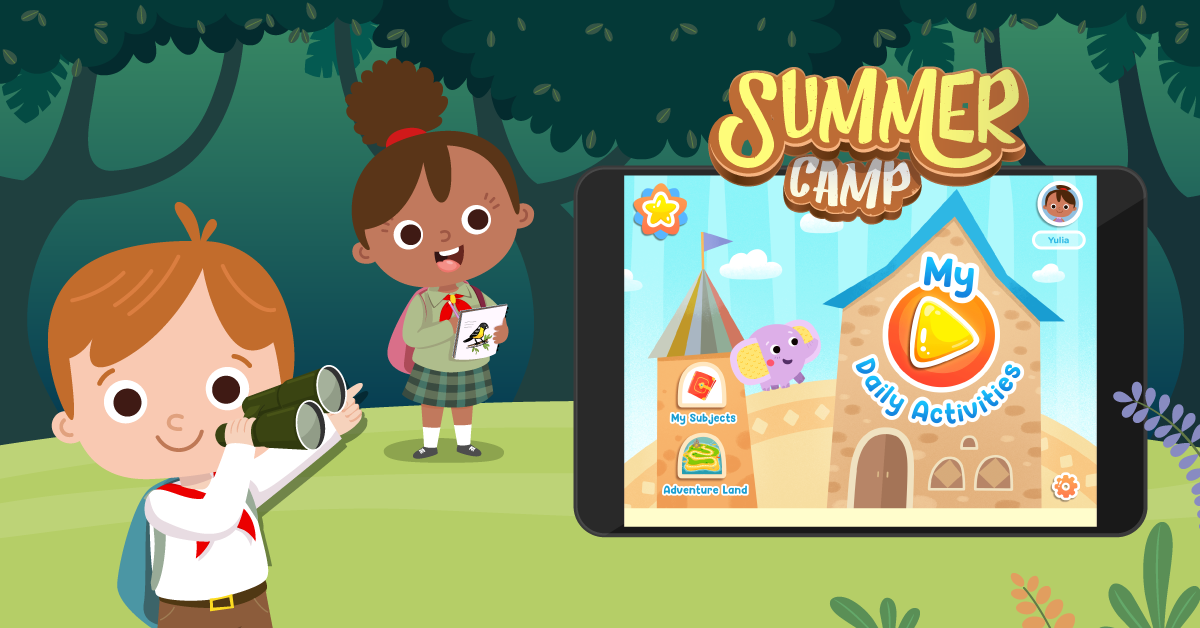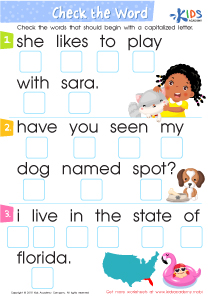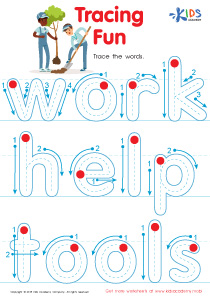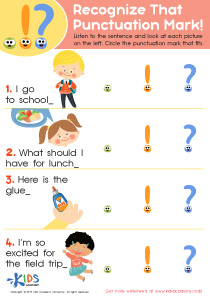Sentence comprehension Normal Grammar Worksheets for Ages 3-8
5 filtered results
-
From - To
Our Sentence Comprehension Normal Grammar Worksheets, designed for ages 3-8, enhance young learners' skills in understanding and constructing sentences. With interactive activities and colorful illustrations, these worksheets make learning grammar engaging and fun. From identifying subjects and predicates to mastering punctuation, each worksheet builds essential literacy skills progressively. Ideal for parents and teachers, these resources align with early education standards, ensuring your child develops a strong grammatical foundation. Perfect for classroom or at-home learning, our worksheets support cognitive growth and boost confidence in young readers and writers. Discover a world of grammatical expertise for your child today!
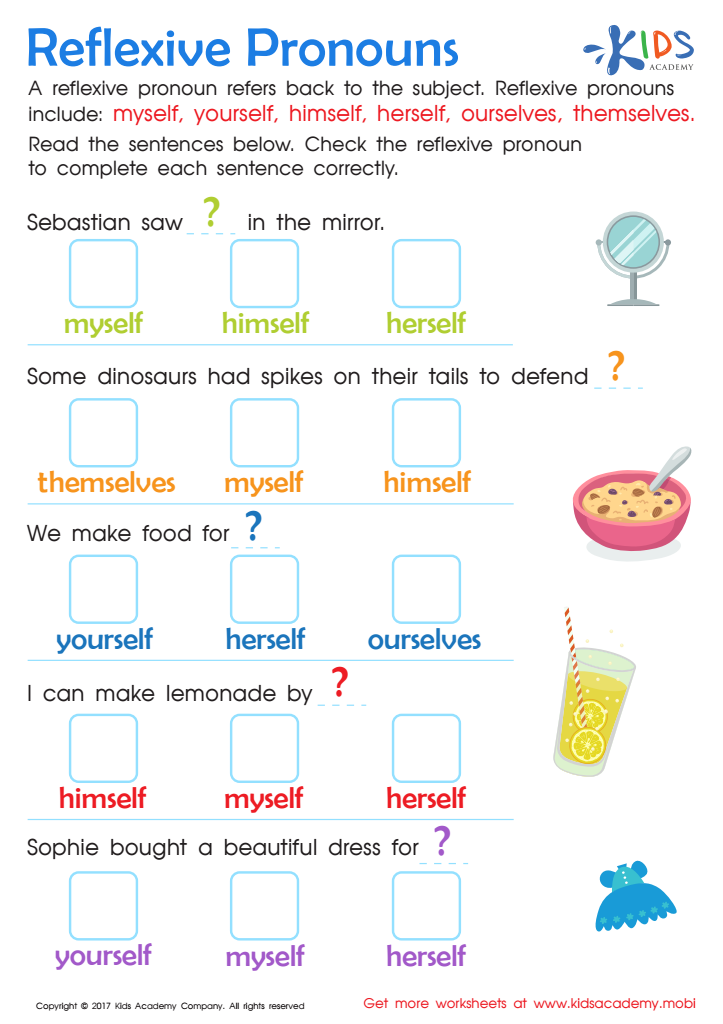

Reflexive Pronouns Worksheet
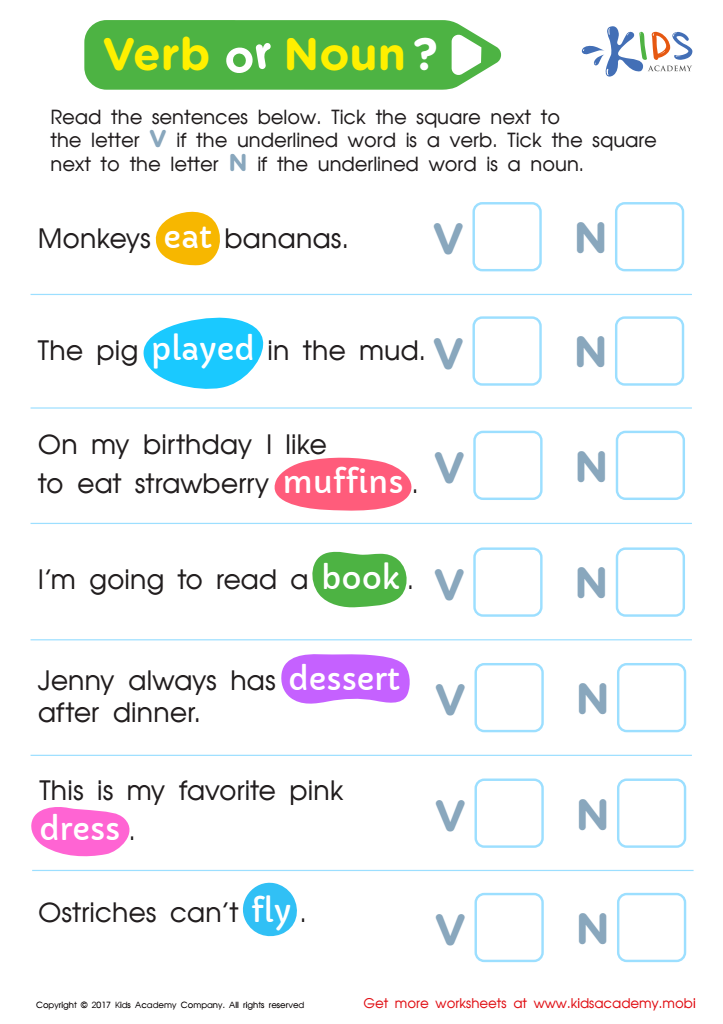

Verb or Noun Worksheet
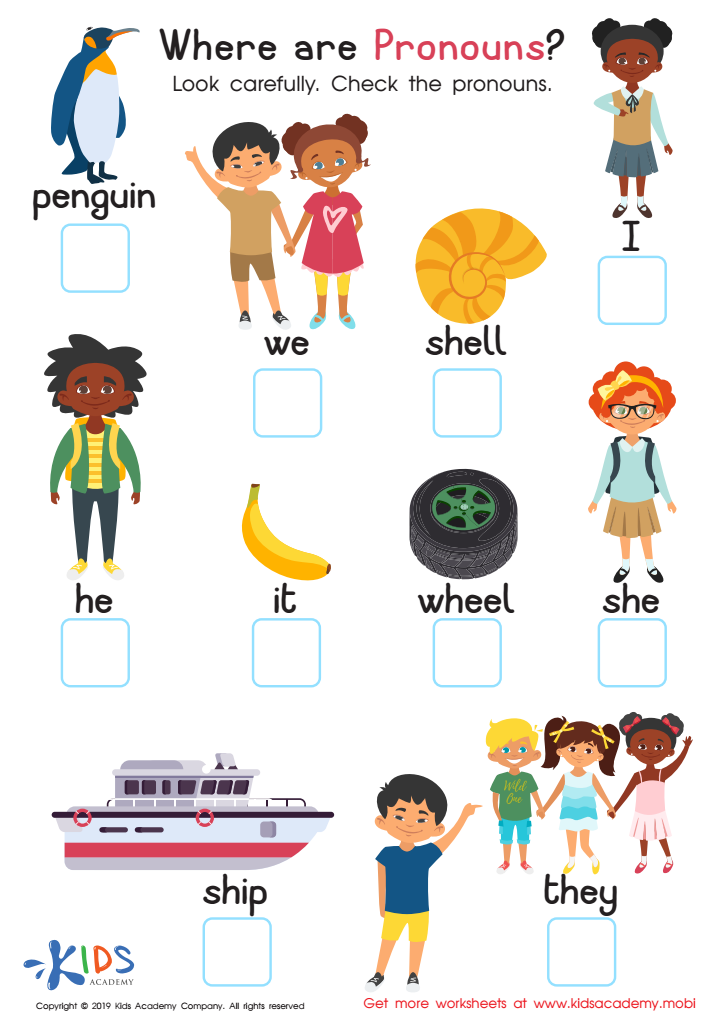

Where Are Pronouns? Worksheet
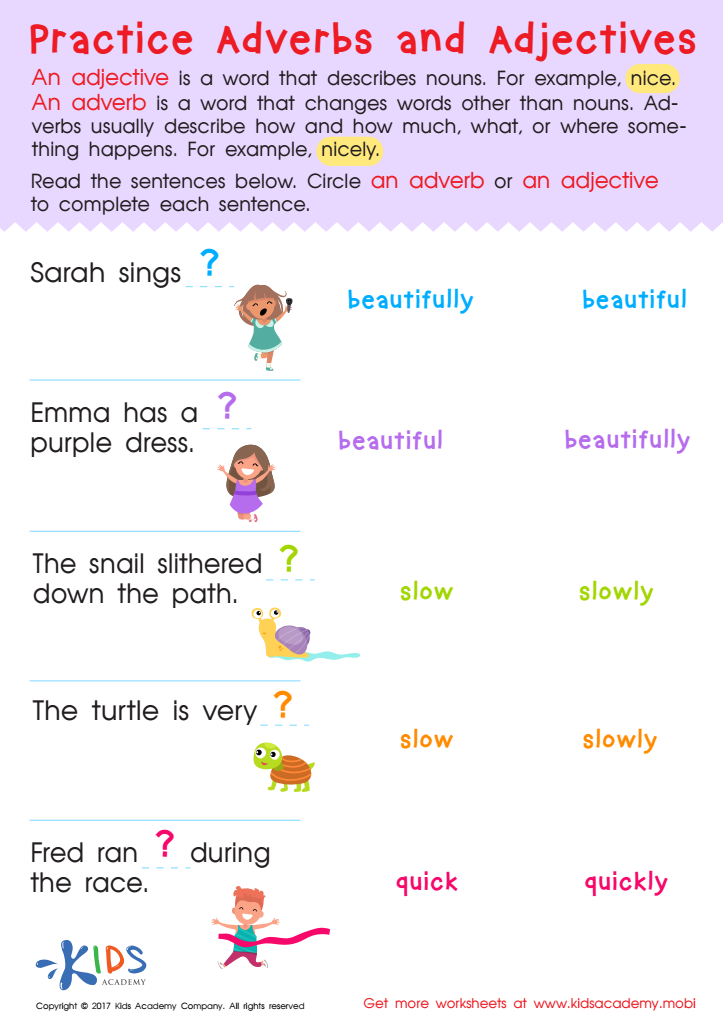

Adverbs and Adjectives Worksheet
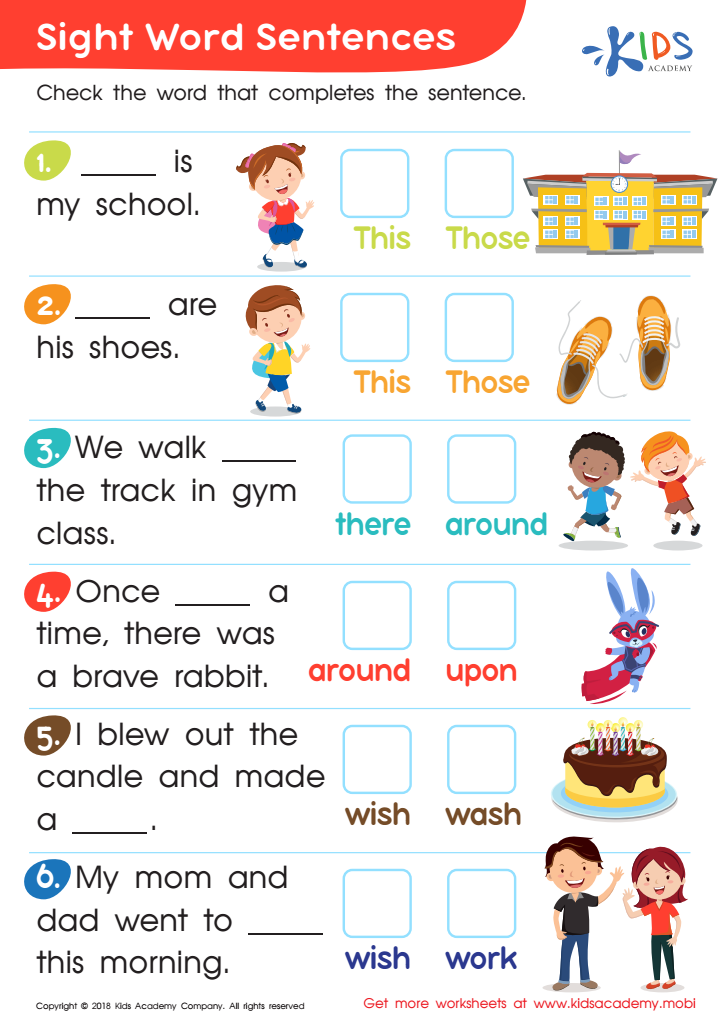

Sight Word Sentences Worksheet
Sentence comprehension and normal grammar for children aged 3-8 establish the foundation of their effective communication and cognitive development. At this critical age, kids are not only learning words, but they are beginning to form and understand complex sentences. This ability is essential for everyday interactions and future academic success.
When parents and teachers focus on normal grammar and sentence comprehension, they help children develop important language skills, including vocabulary, syntax, and logical thinking. Proper sentence comprehension supports reading skills by helping children recognize relationships among words and constructing meaning from texts. It sets the groundwork for successful literacy, a key predictor of academic achievement across various subjects.
Additionally, challenging children with correct grammar usage helps develop their cognitive abilities. It encourages thinking about how sentences are structured and ensures clearer, more effective self-expression. Children who comprehend sentences accurately tend to perform better in school and have improved social interactions since they can understand and respond appropriately in conversations.
In essence, nurturing sentence comprehension and normal grammar in early childhood is a vital investment in a child’s cognitive and language development. It forms a crucial building block for future learning and success, making it a significant responsibility for parents and teachers alike.
 Assign to My Students
Assign to My Students
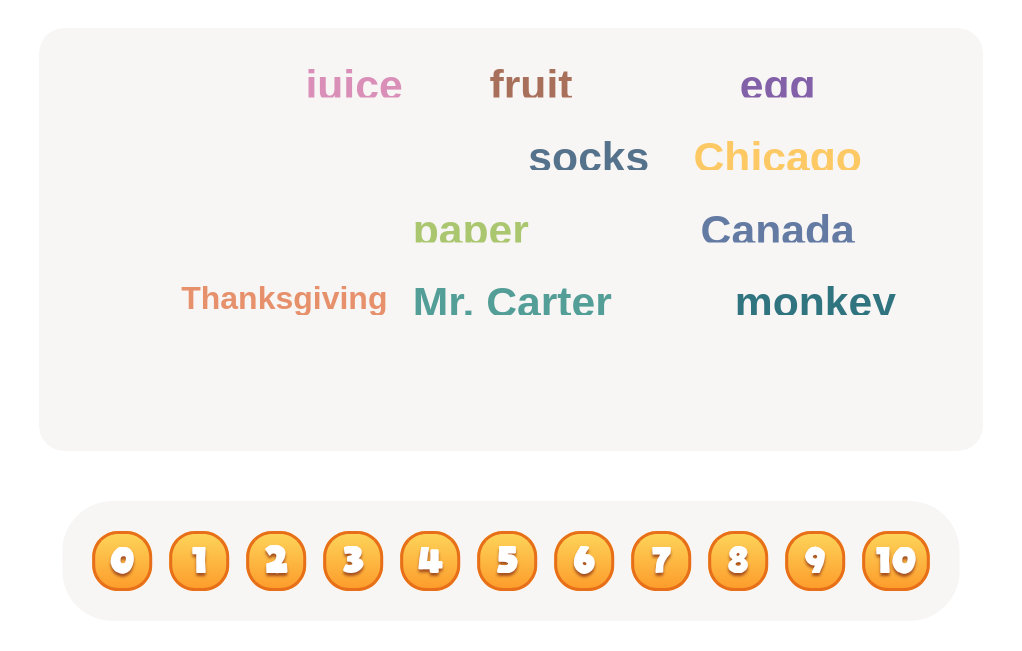
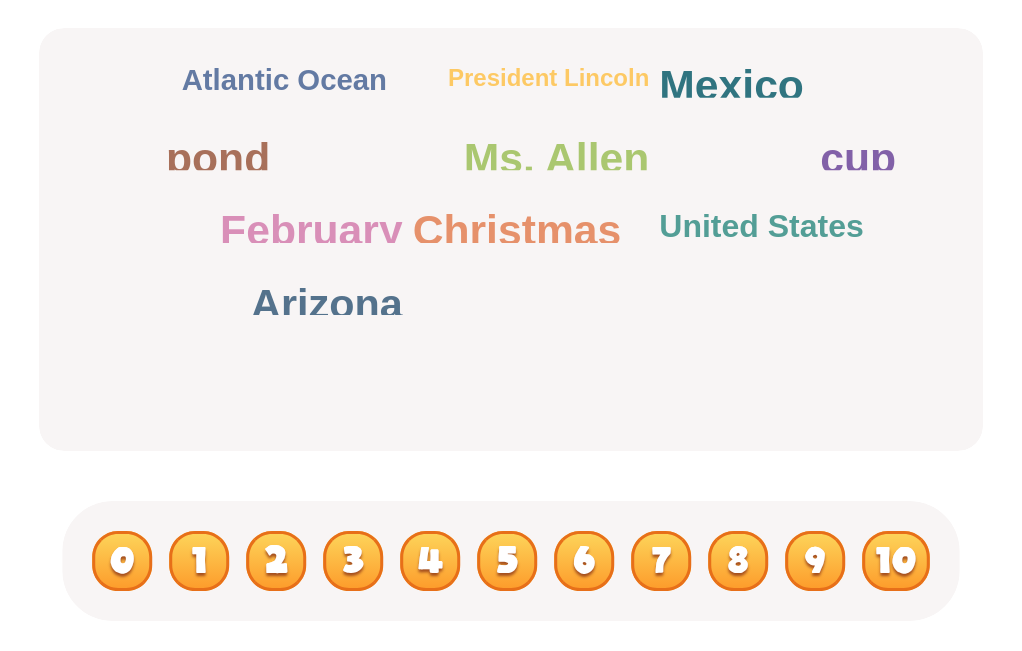
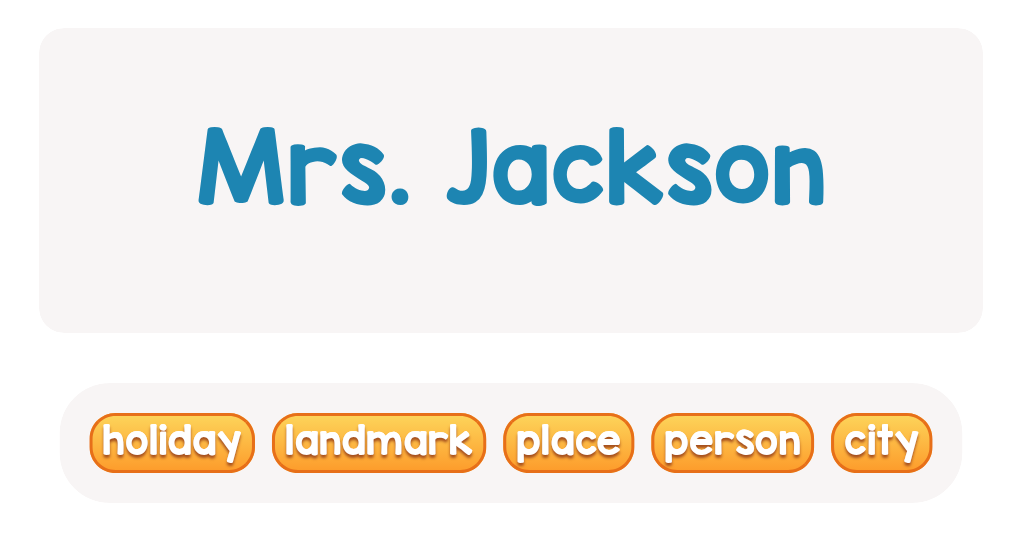
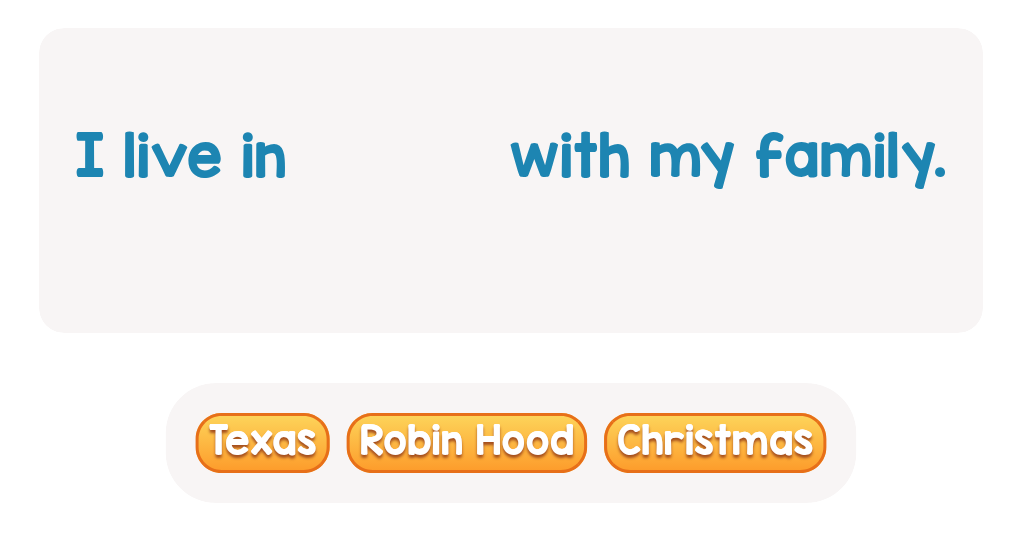

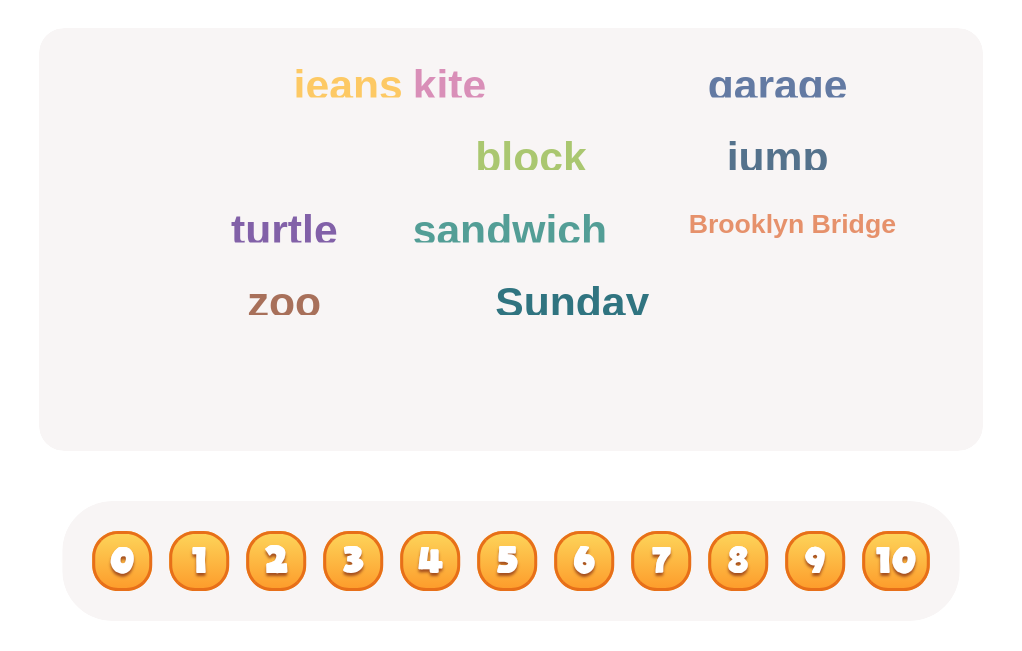
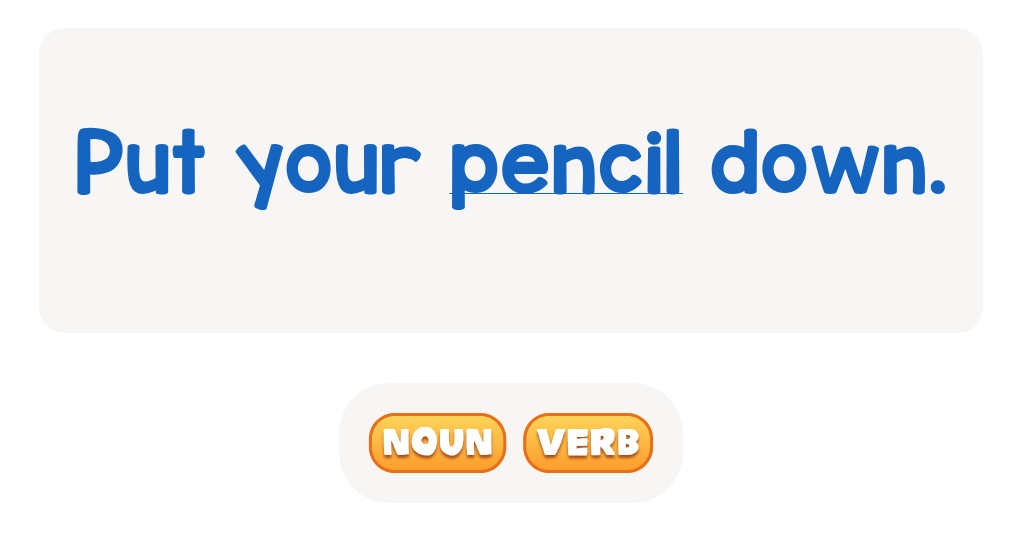
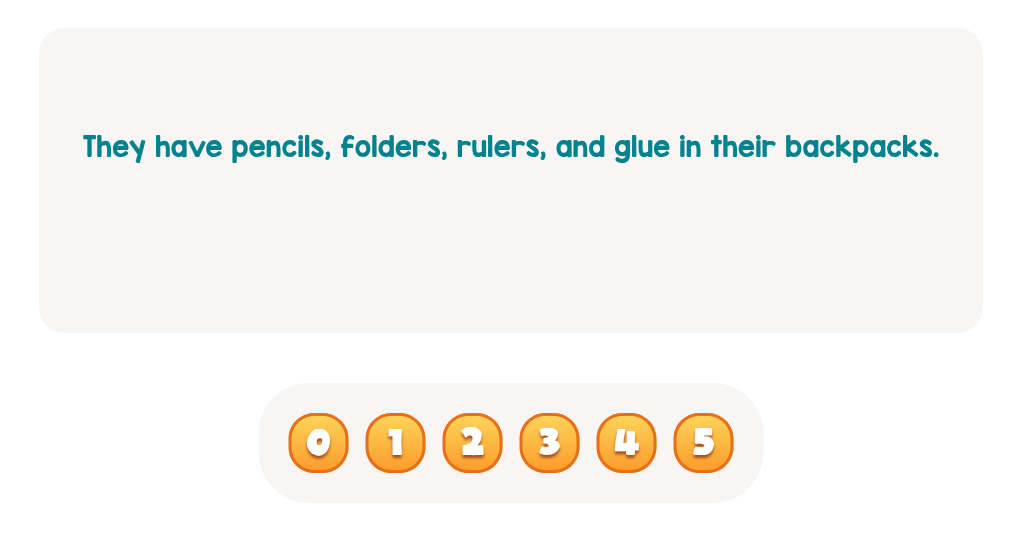
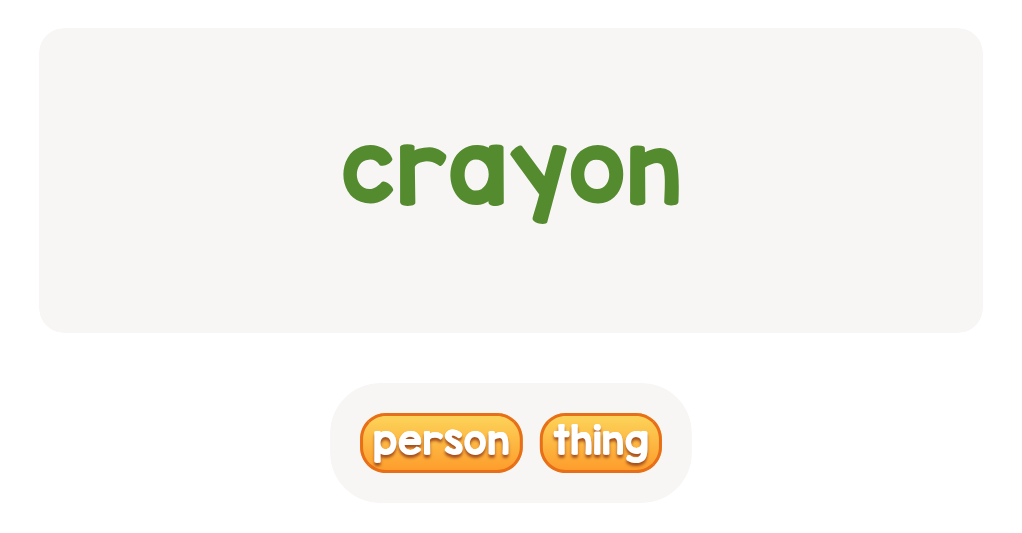
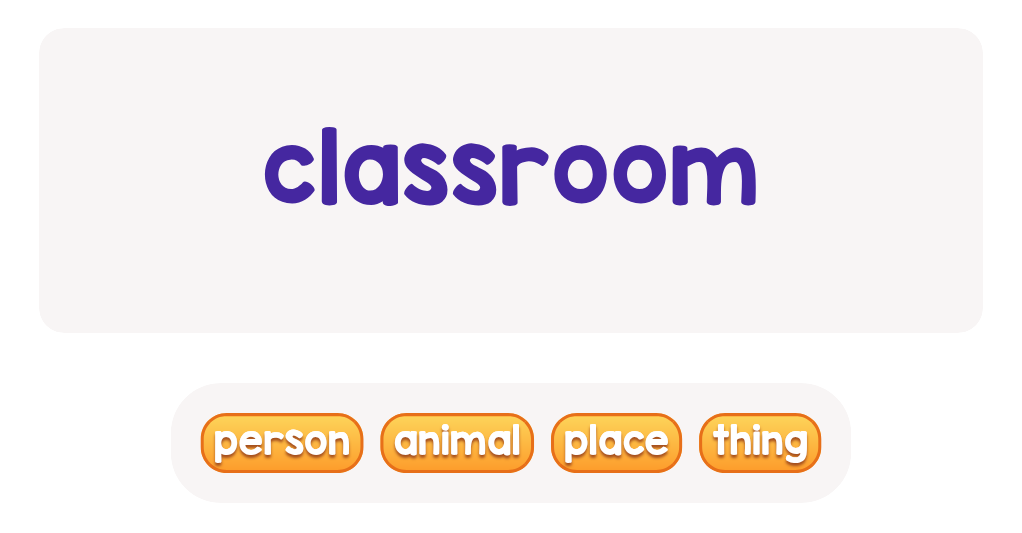





.jpg)


